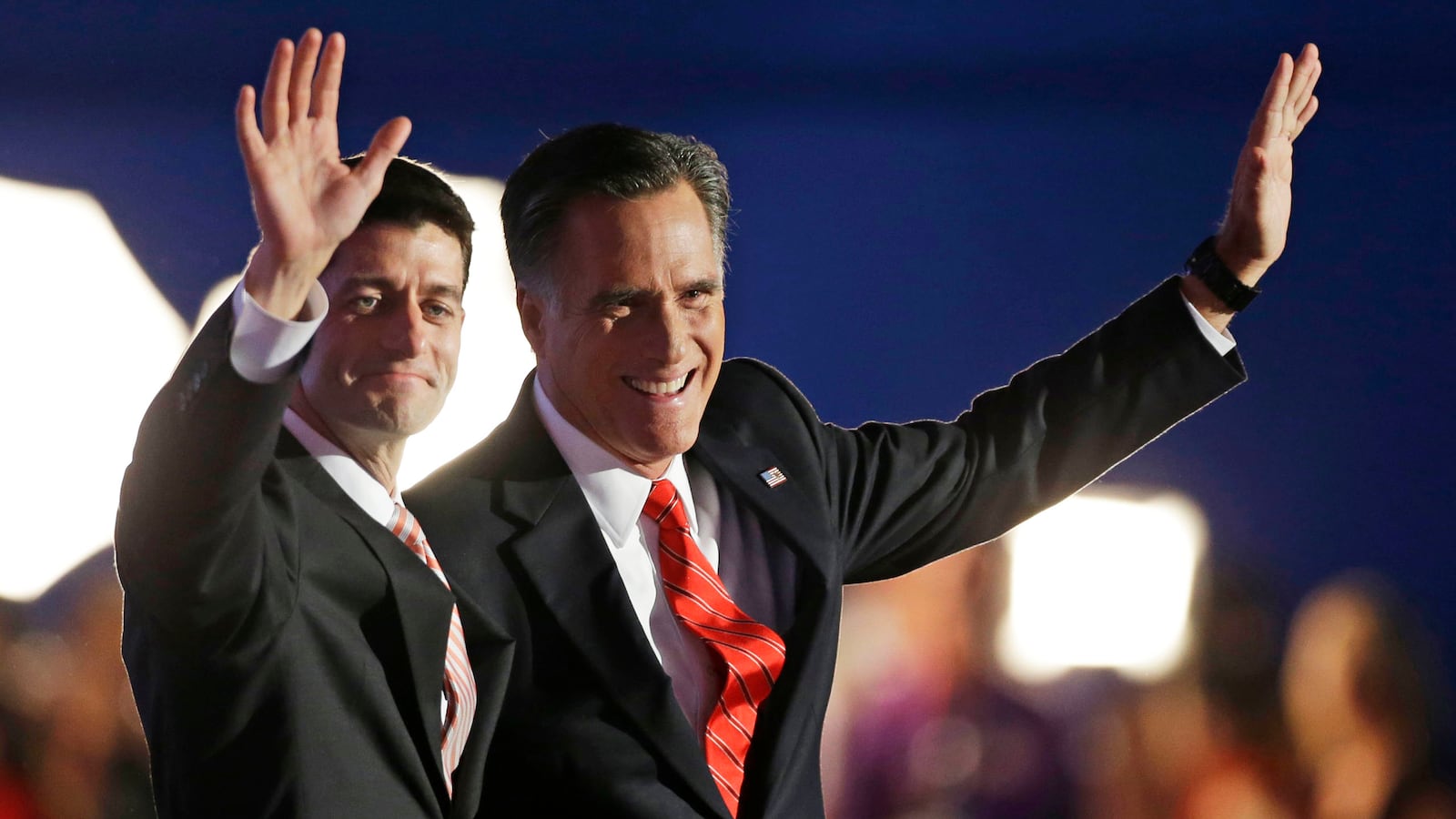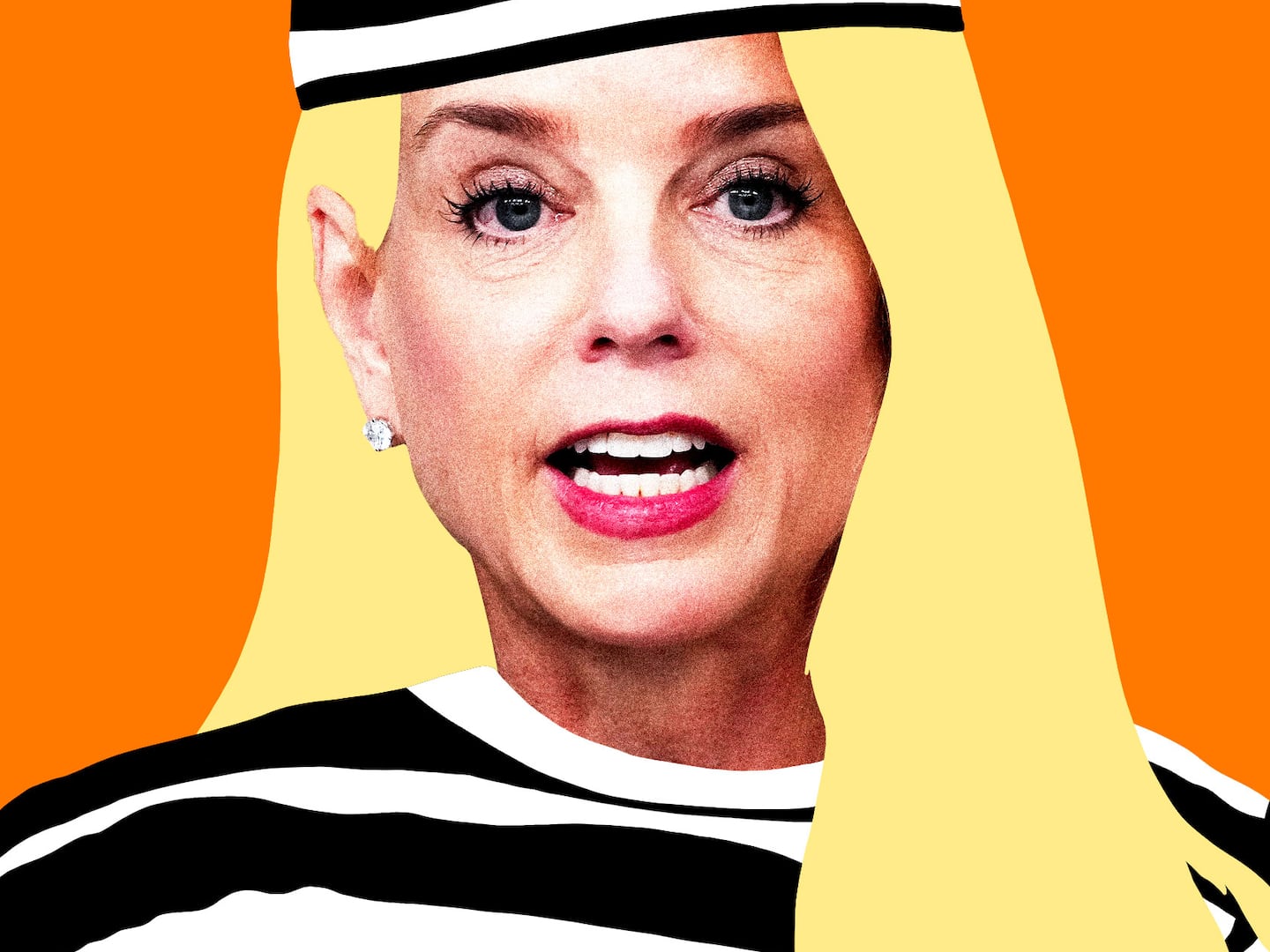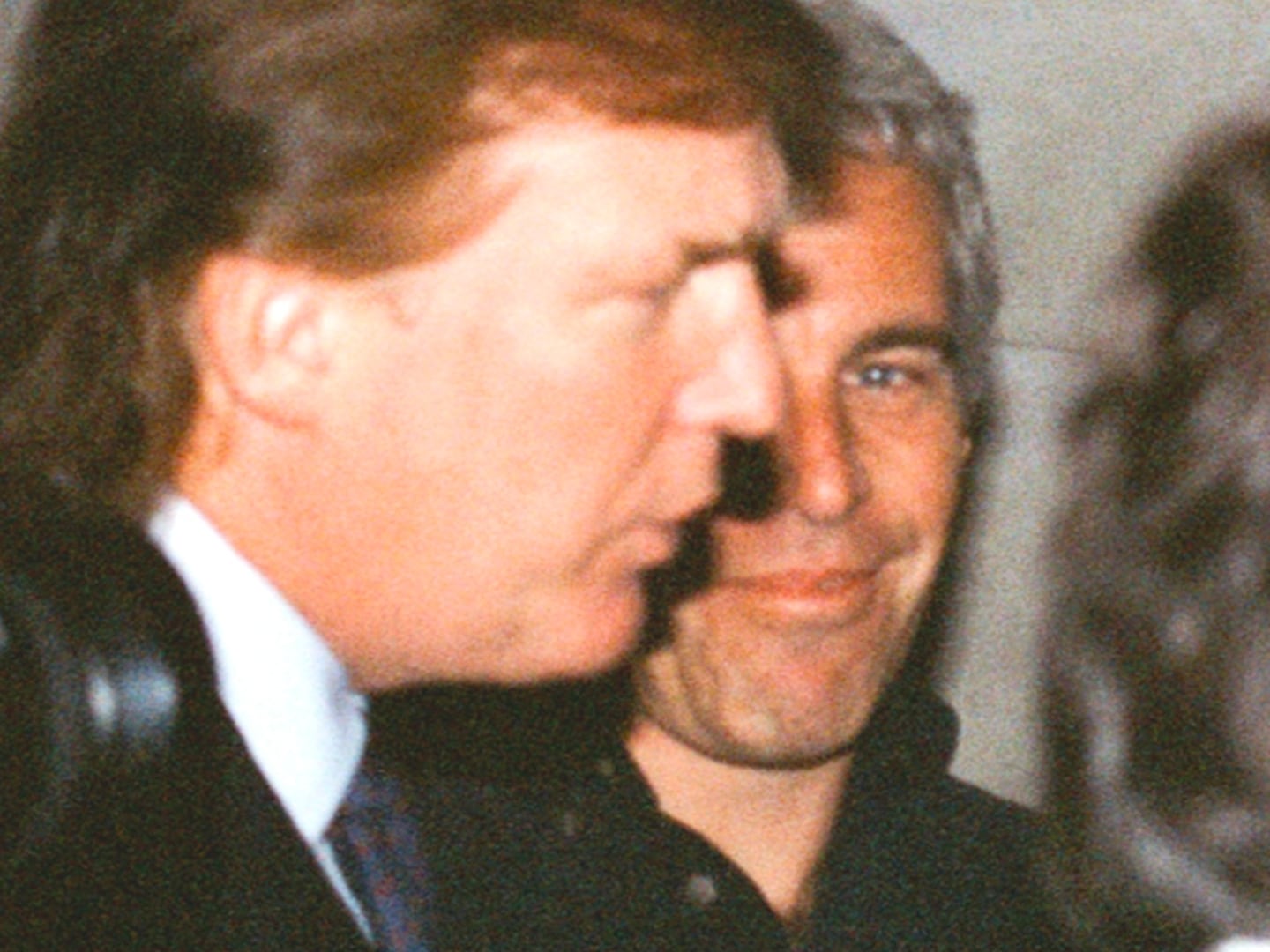There are two new books out about the 2012 presidential election that are wonderfully different but complementary. You’ve probably heard of Mark Halperin and John Heilemann’s Double Down, a sequel to their 2008 campaign book, Game Change. But there’s another book that must be read if you are interested in what happened in 2012: The Gamble by John Sides and Lynn Vavreck, two youngish political scientists at George Washington University and UCLA.

Reading Double Down and The Gamble side by side is both fascinating and illuminating. Halperin and Heilemann focus on the campaign’s personalities, always looking for that dramatic scene or big moment. If they were writing a history of events leading up to World War II, they’d focus on the personal dramas of Chamberlin, Churchill and Hitler, with great attention paid to their various staffs.
Sides and Vavreck take a radically different, data-driven approach. Their take on World War II likely would be an examination of the economic forces driving Germany’s quest for expansion and embrace of Adolf Hitler. They’d write about hyperinflation, not der Führer’s hypertension.
The Gamble is the anti-Game Change. “The search for ‘game–changers’ may make for grabby headlines, but it does not really help us understand presidential elections in general and the 2012 presidential election in particular,” write Sides and Vavreck in Chapter One.
By contrast, Double Down opens with a scene seemingly straight out of Obama Agonistes, with the president tortured by doubts that he can improve his weak first debate performance. The authors posit that Obama “was more imperiled than anyone imagined” and that to win reelection, “Obama would have to rise to a different kind of challenge—a challenge within himself—before the country would double down on him.”

It’s a great scene and as much as much as my heart would like to believe it, my head just doesn’t buy it. Mitt Romney began the campaign behind Barack Obama and never moved ahead during the general-election campaign. At the end, he was behind. Could Obama have lost if he had an utterly disastrous second and third debate? Possibly. But no president or challenger has ever lost every debate. Indeed, Obama losing the first debate had a black swan sort of rarity. That it would be repeated two more times would have been as likely as the president announcing that he was withdrawing from the race.
It’s not the burden of reality to be shocking or entertaining. The 2012 race turned out to be fairly simple and predictable. As The Gamble observes, the economy “was growing at a rate that, based on the previous 60-plus years of presidential elections, was sufficient to predict an Obama victory.”
With the most comprehensive and demanding analytics of a wide array of data, Sides and Vavreck cut through many of the myths of the 2012 campaign. Some of their key conclusions:
-On advertising: “the Obama team’s own data mirrored our finding that the ads never really moved the polls.” Contrary to some speculation, their analysis show that the ads at the end of the campaign were more effective than earlier ads. “An advertising advantage on the day before the election likely increased vote share, and much more than did advertising prior to that point.”
-On the impact of Romney’s “47 percent” comment: It caused some Romney voters to move away, but those “who shifted away from Romney after the video’s release came back to him after the first debate.”
-Was Romney seen as too conservative? “In the general election, it was actually Obama, not Romney, who was ideologically further from the most voters.” (Romney campaign data showed the same results.)
-Likability and empathy: Yes, Obama was consistently seen as more likable and empathetic. Was it decisive? Not so, Sides and Vavreck conclude: “Had [Romney] been perceived as favorably as Obama, he likely would have lost anyway.”
-Obama’s campaign advantages: “The ads and field organizations of the campaign made a small difference to the outcome but did not decide the outcome.” They closely examine the Obama campaign’s field operation and estimate that the advantage ranged from 0.3 percentage points to 0.6 percentage points. Not insignificant, but not determinative.
In December 2011, Sides and Vavreck’s modeling forecasted that Obama would likely win with 52.9 percent of the vote. After the race, when they were able to substitute the real economic numbers vs. their projections, it indicated that Obama should have won with 52.7 percent. In other words, this was a campaign that played out by the numbers, like most campaigns.
Reading The Gamble, I’m pulled in two directions. There is an excitement that comes with the clarity of very smart and skilled professionals working through data and presenting an overwhelmingly compelling case. That’s balanced with a maddening sense of frustration that so much blood, sweat, tears, and treasure was put into an endeavor that was likely predetermined by forces out of anyone’s control.
Double Down’s approach focuses on every drop and every dollar of the campaign’s blood, sweat, tears, and treasure. While there are some depictions of moments that don’t exactly jive with my recollection, I give the authors a great deal of credit for working hard to get everything right. Halperin and Heilemann take their task very seriously and are truly exhaustive in their research efforts.
My greatest issues revolve around the use of quotes when a second party is recounting what another person said. Or even quotes based on an individual’s direct memory. Unless working from recordings or very precise notes, it’s impossible to get exactly right what a person said. There are instances of characters saying things in the book that just don’t strike me as right. But that said, the authors use far less quotes than many contemporary histories and I know from personal experience, they go to great lengths to get a line as right as possible.
In many ways, Double Down is an oral history of the campaign in that it is based more on interviews than on primary-source materials. Halperin and Heilemann don’t have the advantages of working with the computers, diaries, and email records that fill presidential libraries. They are relying on memories and stories, some buttressed by notes, and there’s the inevitable tendency for the 1-pound fish that was caught to end up a tad larger when told over beers. My recounting to colleagues that the Eastwood moment made me sick gets taken a bit literally but none of that is really important. There is no question that Halperin and Heilemann are very good at capturing the heat and emotion that is the core experience of working on a presidential race.
Taken together, The Gamble and Double Down are a perfect match, a right brain/left brain balance that bring to life and elucidate this crazy process we go through to elect a president. We’re fortunate to have four authors as committed to the pursuit of their own variations of truth. Read both books. You’ll be glad you did.






